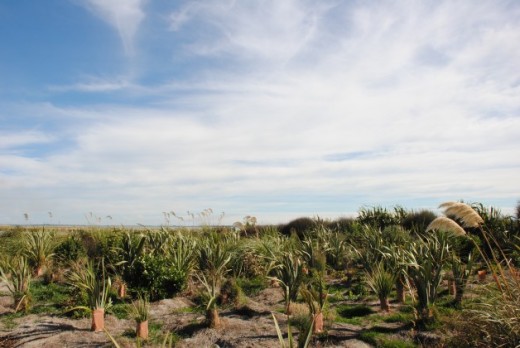Te Waihora
Te Waihora (Lake Ellesmere) is known as Te Kete Ika o Rākaihautū – The Fish Basket of Rākaihautū. For generations Ngāi Tahu has lived on its shores harvesting its rich bounty of fish and bird life and raw materials.
The health of Te Waihora, New Zealand’s fourth largest lake, has been seriously degraded over the past 170 years through deforestation, reclamation and intensive farming practices within its catchment. Today it is a shadow of its former self, having been reduced in size from 40,000 hectares to about 20,000 hectares and is currently one of the most polluted bodies of water in the country. In 1998 as part of the Ngāi Tahu Settlement fee simple ownership of the lakebed was vested to Ngāi Tahu recognising the unique relationship the iwi has with the lake as a source of mahinga kai (customary food gathering).
Since that time Te Rūnanga and the Te Waihora Management Board (TWMB) have worked tirelessly to bring together the Crown, local government and community stakeholders to protect and restore the cultural and ecological values of the lake and its environs.
Most notable, after many years’ work was the completion of the Te Waihora Joint Management Plan – Mahere Tukutahi o Te Waihora – in 2005. It was the first statutory joint land management plan between the Crown and iwi in New Zealand.
Whakaora Te Waihora
In 2011, a long-term shared commitment between Te Rūnanga, TWMB and Environment Canterbury called Whakaora Te Waihora, was signed to provide for the sustainable management, restoration and rejuvenation of Te Waihora. At the same time the Crown announced $11.6m combined funding from government and industry aimed at cleaning up the lake.
The commitment to Whakaora Te Waihora will see the cultural and ecological restoration of the lake mapped out over the next two generations, with tangible results expected to be seen within the next two to five years.
